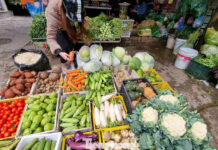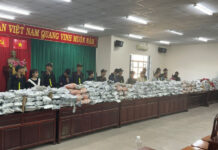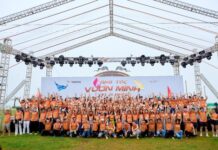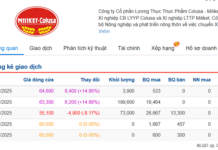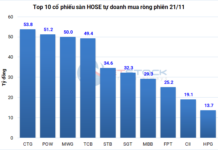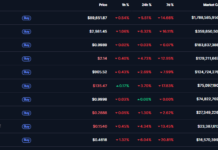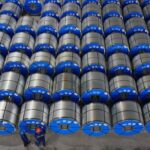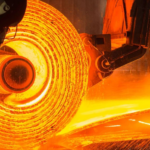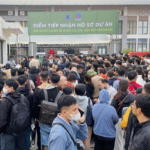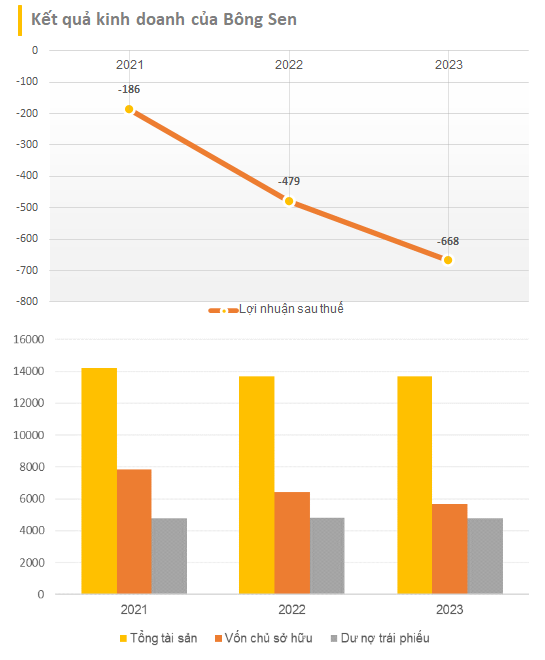On August 13, 2025, India’s Directorate General of Trade Remedies (DGTR) announced its final conclusion in the anti-dumping investigation into hot-rolled coil (HRC) steel imports from Vietnam. According to this decision, steel HRC produced by Hoa Phat Group will not be subject to anti-dumping duties in India.
Hoa Phat’s exported HRC steel avoided duties as the dumping margin fell within the 0-10% range. Other Vietnamese companies were determined to have dumping margins of 20-30% and are subject to a duty of $121.50/ton. The recommendation is to impose anti-dumping duties for a period of five years.
The absence of duties on Hoa Phat’s HRC creates a competitive advantage for the company’s products in the Indian market. Particularly, downstream enterprises utilizing Hoa Phat’s HRC can confidently export to India without facing barriers related to origin or trade defense taxes.
On August 14, 2024, the DGTR initiated an anti-dumping investigation into HRC steel originating from or exported from Vietnam.
The scope of the investigation included alloy or non-alloy HRC steel, not clad, plated, or coated, with a thickness of up to 25mm and a width of up to 2,100mm, falling under HS codes: 7208; 7211; 7225; 7226. The investigation excluded stainless hot-rolled coils. The period of investigation for dumping was from January 1, 2023, to March 31, 2024, while the period for injury investigation was from April 2020 to March 2024.
Hoa Phat Group is Vietnam’s and Southeast Asia’s largest steel manufacturer. By late 2025, the company’s designed steel capacity will reach 16 million tons per year, focusing primarily on hot-rolled coils and high-quality steel for the mechanical engineering industry.
Hoa Phat is set to complete the sixth blast furnace, part of the second phase of the Hoa Phat Dung Quat 2 Steel Complex project, in September 2025. Upon completion, the group’s total steel production capacity will reach 16 million tons per year, including 9 million tons of hot-rolled coils, fully meeting the domestic demand for this product in Vietnam.
Previously, on July 16, 2025, the European Commission (EC) also issued a decision not to impose anti-dumping duties on Hoa Phat Group’s hot-rolled coil steel.
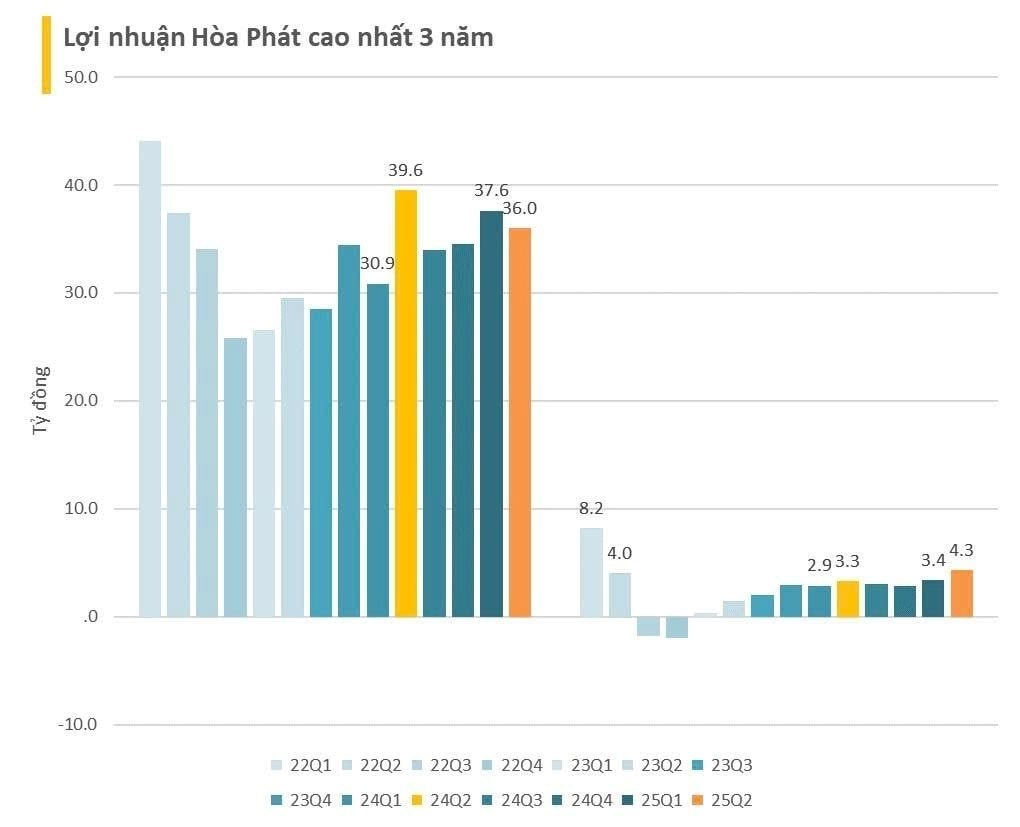
In Q2 2025, Hoa Phat Group recorded more than VND 36,000 billion in revenue and VND 4,300 billion in after-tax profits.
For the first six months of the year, the Group achieved a revenue of over VND 74,000 billion and an after-tax profit of over VND 7,600 billion, increasing by 5% and 23%, respectively, compared to the same period last year.
The Golden Province of Khánh Hòa and Đắk Lắk: Unveiling a Prosperity of Mega Projects
The coastal province of Khanh Hoa and the highland province of Dak Lak simultaneously commenced construction on several projects to commemorate the 80th anniversary of the August Revolution and National Day, September 2nd, 1945-2025.



